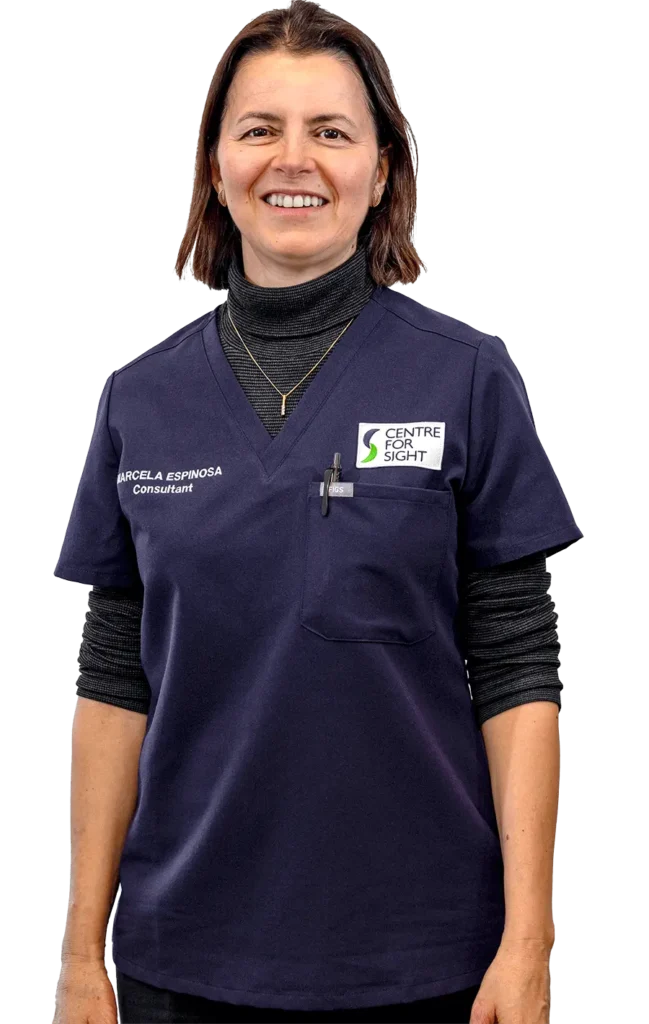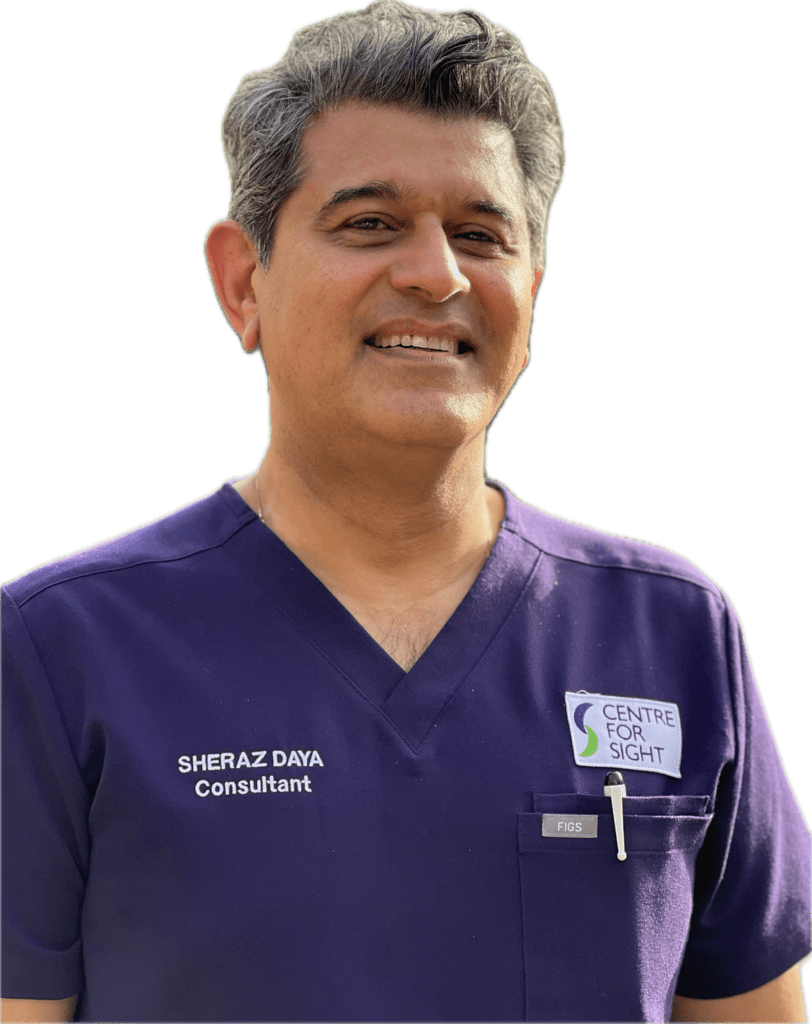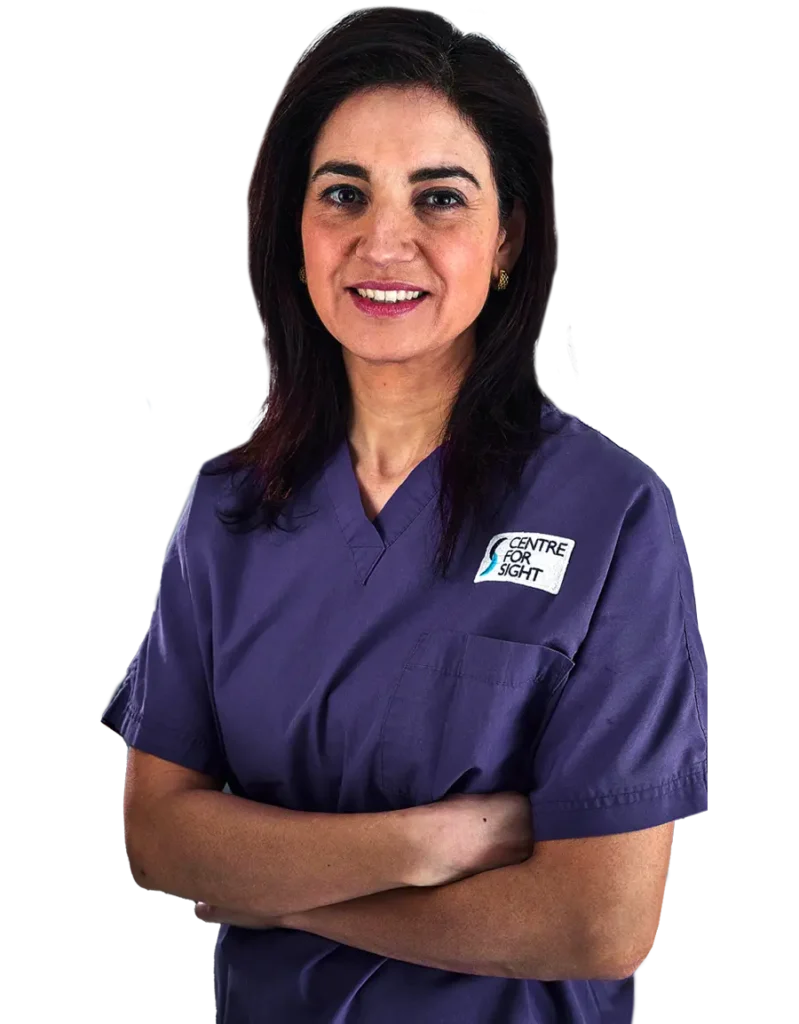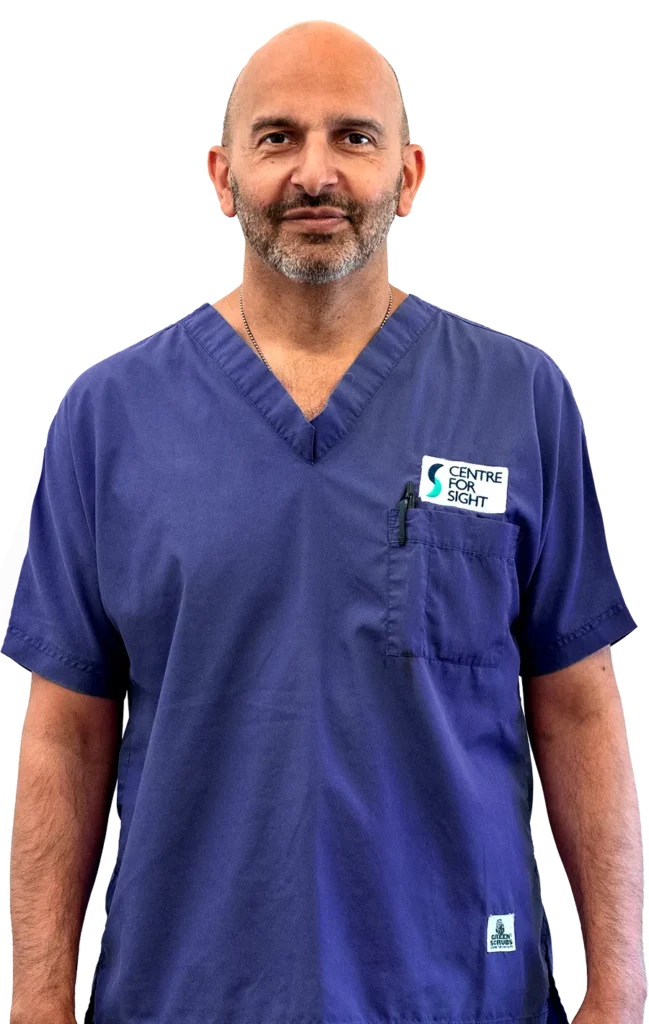Laser Lens Replacement (LLR), also known as Refractive Lens Exchange (RLE), is a vision correction procedure designed to replace your eye’s natural lens with an advanced artificial intraocular lens (IOL). This innovative approach corrects common refractive errors like short sightedness, far sightedness, and presbyopia. Unlike other vision correction options, RLE provides a long-term solution that also prevents the future development of cataracts.
LLR is ideal for those over 55 who want freedom from glasses or contacts, particularly if they have presbyopia (age-related loss of near vision) or are not candidates for LASIK.











